-
-
-
English
- English
- French
Choose your Country or Region
-
North America
-
Asia Pacific
-
Africa
-
Europe & Middle East
-
Latin America & Caribbean
Join Cranberry Club
Please enter your information below to join the Cranberry Club
The First Name field is required.
The Last Name field is required.
The Email Address field is required.
Email address is not in a correct format.
The Password field is required.
Your password must contain 6-12 characters, a capital letter and a number.
The Confirm Password field is required.
'Confirm Password' and 'Password' do not match.
The City field is Required.
The State field is Required.
The Zip Code field is Required.
The Zip Code is not in a correct format.
You must agree to our terms & conditions.
Join the Club
If you like cranberry cocktails and bog-wild sips. If you're not into basic. If you live life boldly.
The First Name field is required.
The Last Name field is required.
The Email Address field is required.
Email address is not in a correct format.
Sign in to the Cranberry Club
Sign in to the Cranberry Club
PERMISSION REQUIRED
EMAIL REQUIRED
In order to add you to our Cranberry Club, we need your email address. If you want to proceed with your Facebook login, please login again and grant permission to share your email address.
In order to add you to our Cranberry Club, we need your email address. If you want to proceed with your Facebook login, please add your email in your Facebook account.
Forgot Password
Reset Password
Thanks!
Thanks!
Sorry!
Thanks you for joining the Cranberry Club
Your password has been reset successfully
Thank you, instructions to reset your password has been sent to your email.
Facebook user is not allowed to change password in OS.com, Please login into Facebook and change for the same.
A confirmation email has been sent to the email address you used to register your account.
To set your password, please visit this link

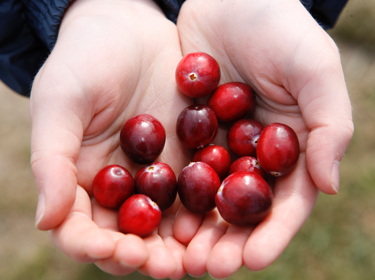
Cranberries weren’t always ‘cranberries’?
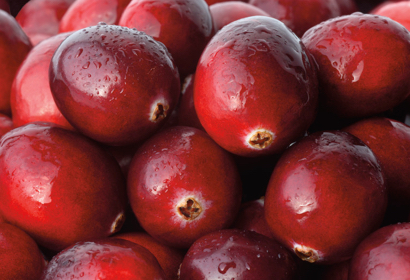
Cranberries weren’t always ‘cranberries’?
For Eastern Indians, they were "sassamanesh.” Cape Cod Pequots and South Jersey Leni-Lenape tribes called them "ibimi," or bitter berry. And the Algonquins of Wisconsin dubbed the fruit "atoqua.” But it was the early German and Dutch settlers who started calling it the "crane berry” because of the flower’s resemblance to the head and bill of a crane. And finally, that was the name that stuck.
There's nothing like a cranberry.
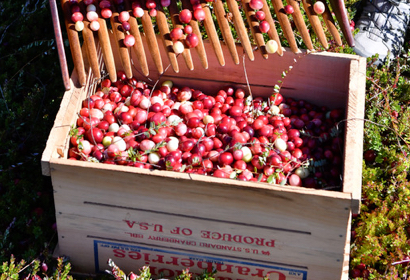
There's nothing like a cranberry.
Cranberries are one of the most unique fruits in the world. One of only three native fruits cultivated in North America, cranberries grow in the wild on long-running vines in sandy bogs and marshes. While they’re primarily harvested in the United States northeastern region, many cranberries are harvested right here in Canada by more than 100 farmers located in parts of British Columbia, Quebec, and New Brunswick.
Discovering its versatility.
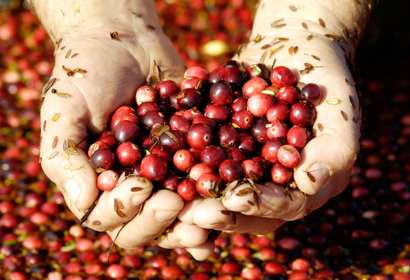
Discovering its versatility.
It was Native Americans who first took advantage of the cranberry’s many natural attributes. By mixing mashed cranberries with deer meat, they made a survival food called pemmicana. They also believed in the medicinal value of the cranberry, using the berry in poultices to draw poison from arrow wounds. And the rich red juice of the cranberry was used as a natural dye for rugs, blankets and clothing.
The harvest grows and changes.
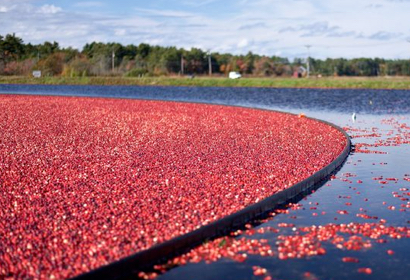
The harvest grows and changes.
But even with its many uses, cranberries weren’t farmed on a large scale until the 1800s. At first, growers picked the berries by hand. They then developed a more efficient dry harvesting technique, later revolutionizing the process with an idea called wet harvesting. By flooding the bog with water, the cranberry’s buoyancy allows it to float to the surface, where they are collected.
And since that time, Ocean Spray farmers have continued to harvest the cranberries that go into the juices and snacks you’ve come to love. Learn more about our cranberry harvest.
Did You Know?
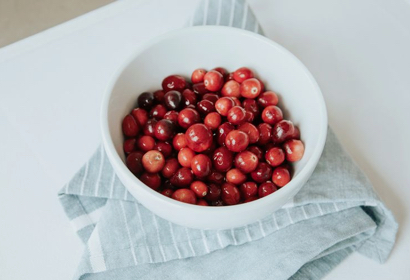
Did You Know?
- In 1816, the first recorded yield of cranberries was grown and harvested in Dennis, Massachusetts.
- Small pockets of air inside fresh cranberries cause them to bounce and float in water.
- If you strung together all the cranberries produced in North America they’d stretch from Boston to Los Angeles more than 565 times.
- Native American medicine men used cranberries in poultices to draw poison from arrow wounds.
Mother Nature’s Superfruit
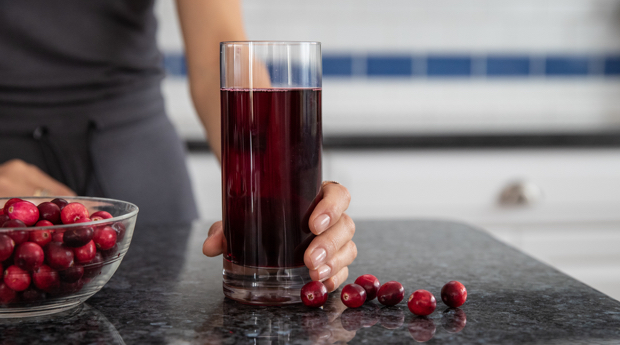
Mother Nature’s Superfruit
Cranberries are one of Mother Nature’s Superfruits! With powerful nutrients and well-documented health benefits, the cranberry can play an important role in a balanced diet and healthy lifestyle. The healthfulness of the cranberry begins at the farm. Here, at Ocean Spray, we have more than 700 cranberry farmers pouring their hearts into growing the fruit every day.